- Sustainability statistics highlight the urgent need for emissions reduction and the transition to a circular economy.
- Consumer behavior is shifting towards sustainability, with 72% of global consumers willing to pay more for sustainable products.
- Gen Z and Millennials are driving change, with a significant portion pushing for sustainable workplace practices.
- Businesses benefit from sustainability, seeing it as a competitive advantage, with many executives anticipating significant returns by 2030.
- Technology plays a crucial role in sustainability, reducing global carbon emissions, with platforms like Arbor streamlining processes and enabling precise carbon management.
Sustainability is no longer a peripheral concern; it's a core imperative for businesses, consumers, and the planet.
This comprehensive list of sustainability statistics for 2025 provides a data-driven overview of the trends, challenges, and opportunities shaping our sustainable future.
From consumer preferences to technological advancements, these figures highlight the growing importance of sustainability across all sectors.
Let’s dive into the list of over 80 sustainability statistics:
Global Emissions and Circularity: Key Sustainability Statistics
Emissions: The Urgency of Action
The years leading up to 2025 have underscored the urgency of emissions reduction. The following statistics paint a clear picture:
- 2024 is officially the hottest year on record, with average global temperatures exceeding 1.5°C compared to pre-industrial temperatures. (Reuters)
- Annual global greenhouse gas emissions have increased by 50% over the past 30 years due to increased fossil fuel combustion. (Statista)
- China is responsible for about 31% of global fossil fuel CO₂ emissions in 2022, making it the largest carbon polluter in the world. (Statista)
- The world is losing around 10 million hectares of forest every year due to deforestation. (UN)
- Industrial agriculture is the main driver of deforestation in all regions except Europe. Urbanization, climate changes, and over-utilization of resources are other leading causes. (European Parliament)
- More than 50% of the world’s gross domestic product. (GDP) relies on nature, highlighting its economic vulnerability to biodiversity loss. (World Economic Forum)
- 2.2 billion people, or 26% of the world’s population, lack access to safe drinking water in 2022. (UN-Water)
- By 2030, the global demand for freshwater is expected to exceed supply by 40%. (UNEP)
- Agricultural production is responsible for 80% of global deforestation and biodiversity loss. (Our World in Data)
- Food production causes 26% of global GHG emissions. (Our World in Data)
Circular Economy: Reducing Waste and Optimizing Resources
The transition to a circular economy is crucial for addressing waste and resource optimization:
- In 2023, approximately 430 million tonnes of plastic were produced, about 65% of which were short-lived products that soon became waste. (UNEP)
- Current commitments by government and industry will reduce the amount of plastic flowing into the ocean only by 7% by 2040. (PEW)
- 80% of a product’s environmental impact is determined before it’s ever made, during the initial design and material sourcing phases. (Arbor)
- By the end of 2023, the social and economic costs of plastic pollution were US$600 billion. (UNEP)
- Each year, between 19 and 23 million tonnes of plastic waste seep into aquatic ecosystems. (UNEP)
- 80% of global plastic waste could be recycled by 2040 if circular economy principles are applied. (Ellen MacArthur Foundation)
Customer-Driven Sustainability: Shifting Consumer Behaviors
General Insights: Consumer Preferences and Purchasing Decisions
Sustainability is increasingly influencing consumer purchasing behavior:
- 72% of global consumers are willing to pay more for sustainable products. (NielsenIQ)
- 34% of global consumers are more likely to buy products with sustainable credentials. (NielsenIQ)
- 78% of US consumers say they feel better when they buy products that are sustainably produced. (Unilever)
- 64% of global consumers expressed concern about climate change in 2023. (Euromonitor)
- 41% of consumers cite price as the primary obstacle to sustainable purchases. (Euromonitor)
- 28% of consumers identify unclear labeling as their main barrier to sustainable purchases. (Euromonitor)
- American consumers are willing to pay, on average, 12% more for sustainable products. (Bain & Company)
- 61% of consumers say sustainable purchases are too expensive. (Kantar)
- 42% of consumers say sustainable products are hard to find. (Kantar)
- 85% of consumers report experiencing firsthand the disruptive effects of climate change in their daily lives. (PwC)
- 40% of global consumers report that waste reduction and recycling initiatives would make them more likely to purchase from a brand. (PwC)
- Consumers are willing to pay an average of 9.7% more for sustainably produced or sourced goods, even with cost-of-living concerns. (PwC).
- Products with ESG-related claims accounted for 56% of all growth over the last 5 years, about 18% more than expected based on their initial market share. (McKinsey)
- 62% of Canadians “show a willingness” to pay up to 20% more for sustainable products, but 57% say they don’t believe in most “green” or sustainable claims that brands make. (Deloitte)
- 8/10 consumers said that they would pay up to 5% more for sustainably produced goods. (PwC)
- 94% of consumers are likely to be loyal to a brand that offers complete transparency. (NielsenIQ)
- 55% of consumers say environmental responsibility is very or extremely important when choosing a brand. (IBM)
Younger Generations Drive Change: The Influence of Gen Z and Millennials
Gen Z and Millennials are playing a significant role in driving the sustainability movement:
- Gen Z. (72%) and boomer. (68%) consumers globally were very or extremely concerned about the environment in 2023. (Bain & Company)
- Gen Z and Millennial customers are 27% more likely to purchase products from a sustainable brand than older generations are. (Harvard Business Review)
- 46% of Gen Z and 42% of millennials had already changed or planned to change jobs or industries due to climate concerns in 2023. (Deloitte)
- 54% of Gen Z and 48% of millennials were "pushing" their employers to start sustainability practices. (Deloitte)
- 61% of Gen Z’s believe they have the power to drive change within their organizations. (Deloitte)
Corporate Sector: Transforming Businesses with Sustainability
The Business Case for Sustainability: Benefits and ROI
Implementing sustainable practices offers a range of benefits for businesses:
- 71% of C-suite leaders believe ESG investment is a competitive advantage for their company. (Thomson Reuters)
- 82% say they believe the significance of ESG in corporate performance will continue to grow. (Thomson Reuters)
- "Triple outperformers"—companies strong in revenue growth, economic profit, and ESG—saw over 50% achieving 10%+ annual revenue growth. (McKinsey)
- 75% of executives believe sustainability drives better business results, and 76% say sustainability is central to their business strategy. (IBM)
- For every 10% increase in emphasis on material ESG concerns, a company’s value goes up by 1.4%. (Wharton)
- 55% of CEOs expect to see significant returns from sustainability investments by 2030. (KPMG)
See Abdullah’s article on how to maximize your ROI with a decarbonization strategy, it’s broken down by each team, the benefits and how they can help decarbonize.
A Sustainable Workforce: Employee Engagement and Sustainability
Employee preference for sustainable workplaces is on the rise:
- 69% said they want their companies to invest in sustainability efforts, including reducing carbon, using renewable energy, and reducing waste. (Deloitte)
- 27% of respondents indicated they would factor a potential employer's stance on sustainability into their decision to accept a job offer. (Deloitte)
- 67% of employees would be more willing to apply for or accept a job with an environmentally sustainable company. (IBM)
- 59% of leaders surveyed said that their organization's increased investments in sustainability were encouraged by employee activism on the matter. (Deloitte)
- 80% of C-suite leaders reported that their employees have already impacted their sustainability plans, or soon will. (Deloitte)
- 38% of employees surveyed agreed that their employer “was doing enough to address climate change and sustainability,” with most respondents either neutral or dissatisfied with the efforts they’ve seen so far. (Deloitte)
- 93% of those working in environmentally friendly workplaces felt happier in their jobs—compared to 55% who were happy in environmentally unfriendly offices. (Perspectus Global)
- 2/3 respondents say they are more willing to apply for. (67%) and accept. (68%) jobs from organizations they consider to be environmentally sustainable. (IBM)
Regulatory Frameworks: Driving Corporate Sustainability
The regulatory environment has become a catalyst for sustainable growth:
- More than 5,008 climate laws and policies have been proposed globally. (Climate Change Laws of the World)
- Almost 50,000 EU-based companies were subject to mandatory sustainability reporting due to CRSD. (KPMG)
- 51% of corporate directors say they’re prepared to oversee mandatory ESG disclosures, up from 25% in 2022. (PwC)
- 73% of senior legal and risk leaders view ESGas the greatest disputes risk to organizations in 2024. (Baker MacKenzie)
- 65% of CxOs said the changing regulatory environment led their organizations to increase climate action over the last year. (Deloitte)
Sustainable Finance: ESG Statistics
The financial landscape is adapting to sustainability imperatives:
- Global ESG assets under management are set to reach $40 trillion by 2030, representing more than 25% of the global assets under management. (Bloomberg)
- Sustainable funds outperformed their traditional peers across all major asset classes and regions in 2023, generating median returns of 12.6%. (Morgan Stanley)
- By 2025, 11% to 15% of U.S. investment managers will put 40% of their portfolios in ESG investments. (Investors)
- More than 70% of M&A leaders in the Financial Services sector report abandoning potential acquisitions over ESG concerns. (Deloitte)
Technology: Driving Sustainability Forward
AI and Digital Technology: Reducing Emissions Through Innovation
Advancements in AI and digital technology are essential for emissions reduction:
- Digital technologies are projected to decrease global carbon emissions by up to 20% by 2050. (World Economic Forum)
- 65% of Canadian executives agree that generative AI will be important for their sustainability efforts. (IBM)
See 13 ways on how you can decarbonize your product’s carbon footprint.
Streamlining Sustainability with Technology: Traditional Methods vs. Arbor
Innovative solutions like Arbor streamline sustainability processes:
- 450 hours average time spent on manual life cycle assessments. (ResearchGate)
- $50k typical cost per product for life cycle assessments. (Arbor)
- Up to 25% margin increase for carbon measurement-related projects for consultants. (Arbor)
- Up to 70% timeline decrease from start of contract to delivered results for consultants. (Arbor)
- Consultants using automation to measure emissions results in an up to 100x increase in number of data points used for each calculation. (Arbor)
Summary
The sustainability statistics for 2025 paint a clear picture: sustainability is no longer a choice but a necessity. From shifting consumer preferences to technological innovations and evolving regulations, the data underscores the interconnectedness of environmental health, economic growth, and social well-being.
They’re a call for innovation, collaboration, and forward-thinking strategies. Businesses have an unprecedented role to play, and the data can guide transformative decisions. Arbor’s platform supports this journey by providing the tools needed to manage your carbon footprint with unparalleled accuracy and ease.
Request a demo to see how Arbor can help you take the first step and measure your carbon emissions.
Measure your carbon emissions with Arbor
Simple, easy carbon accounting.
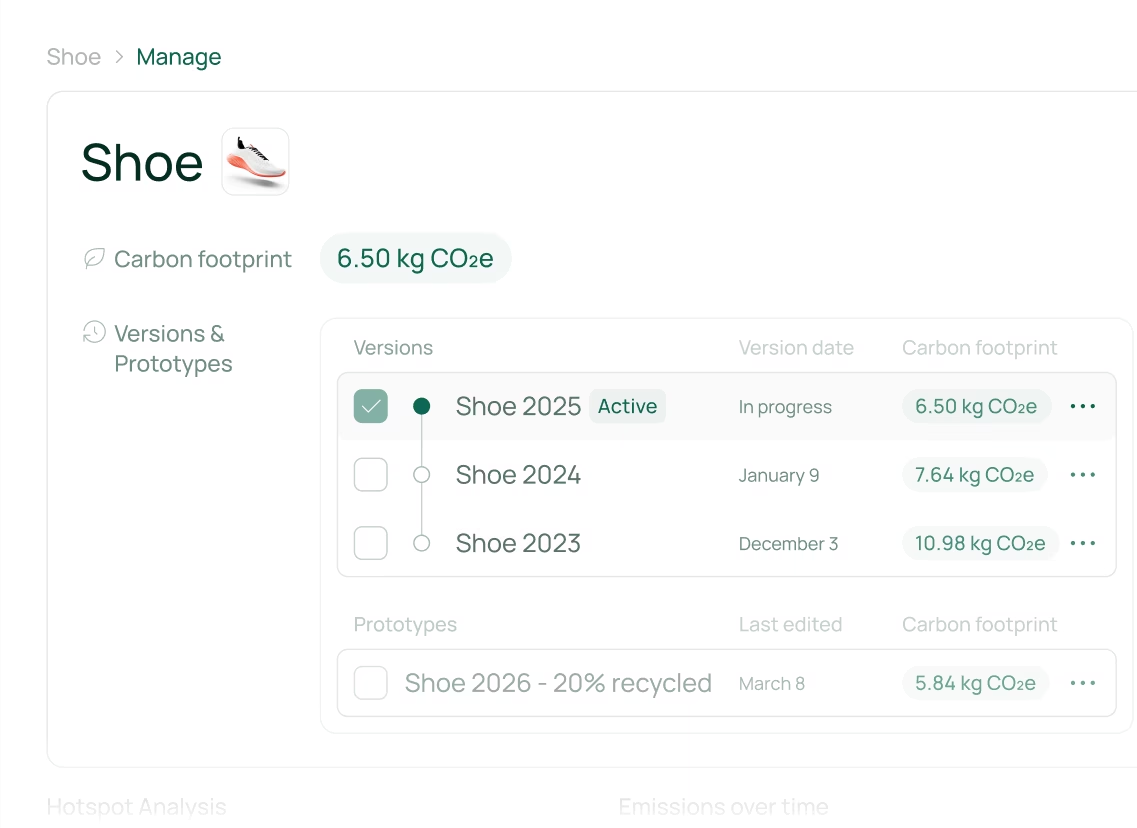


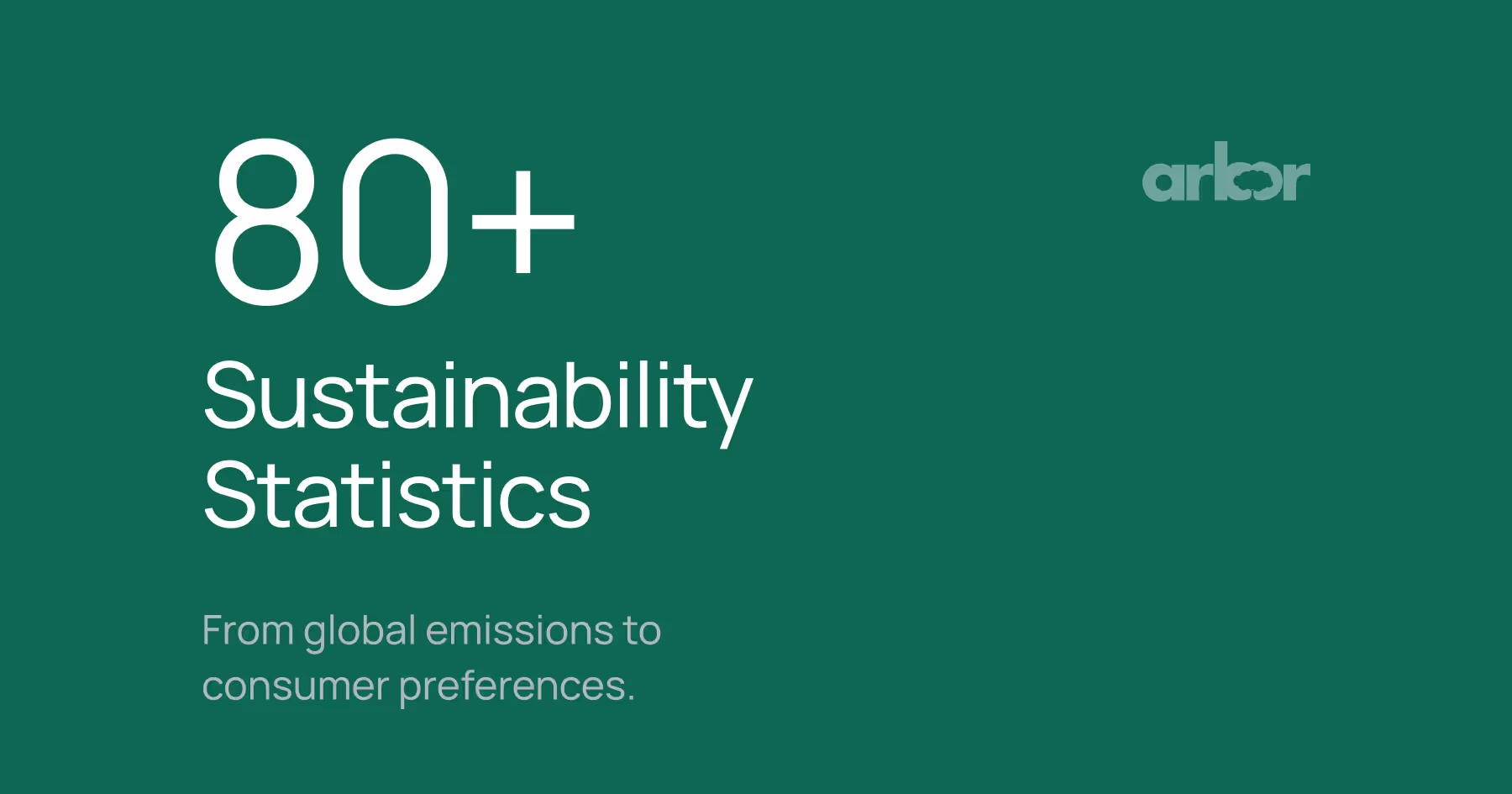
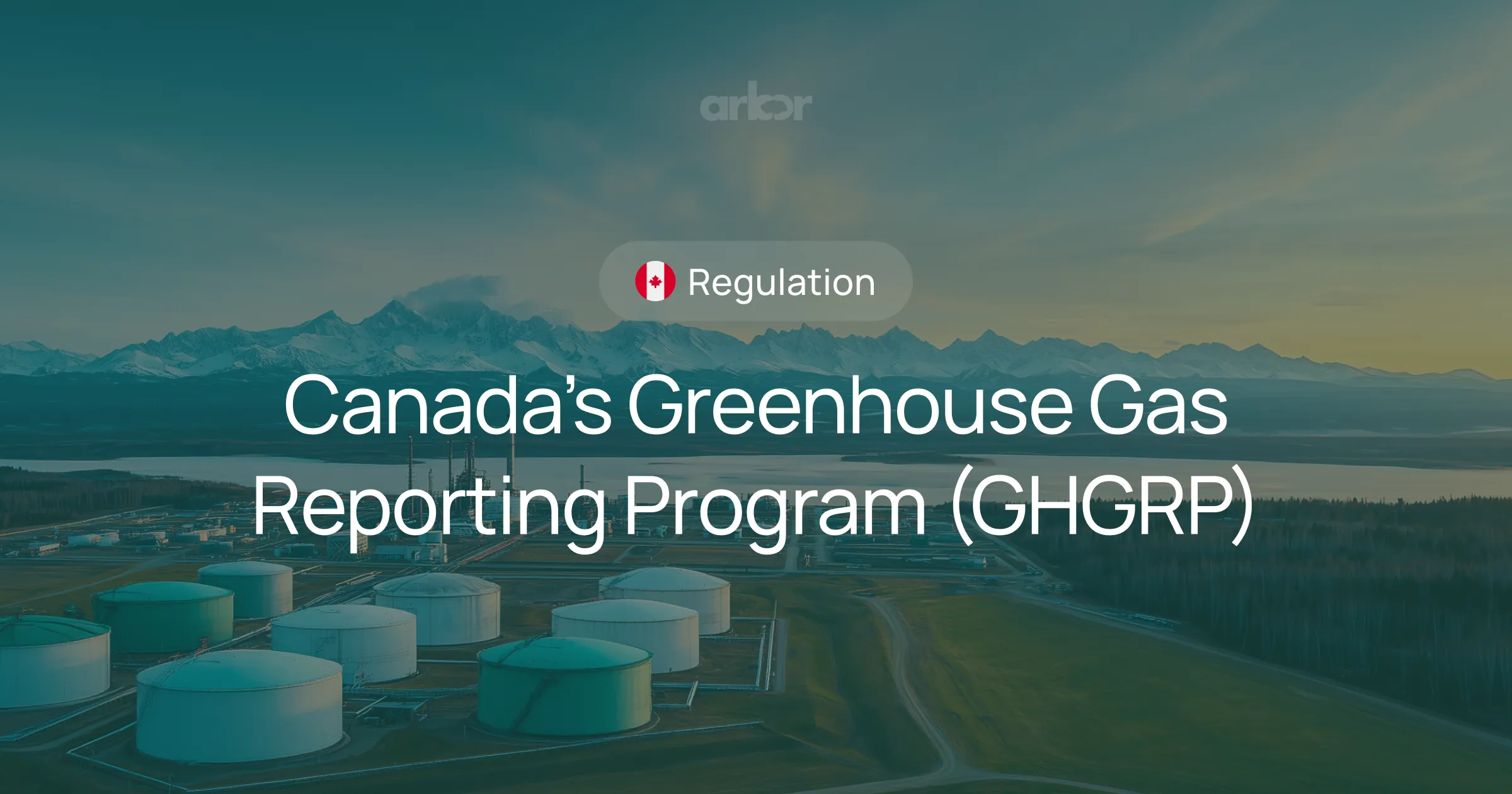

.webp)
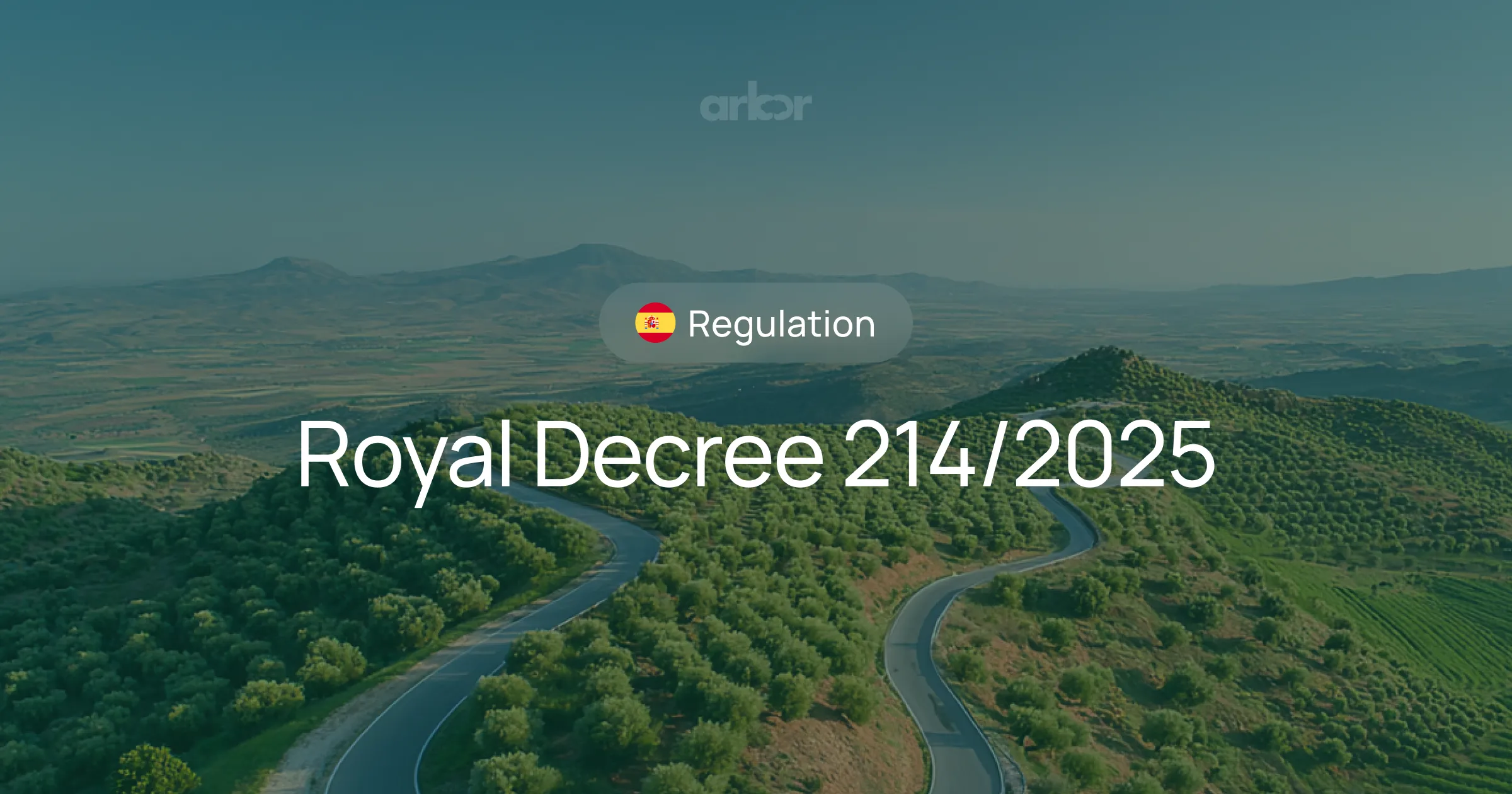
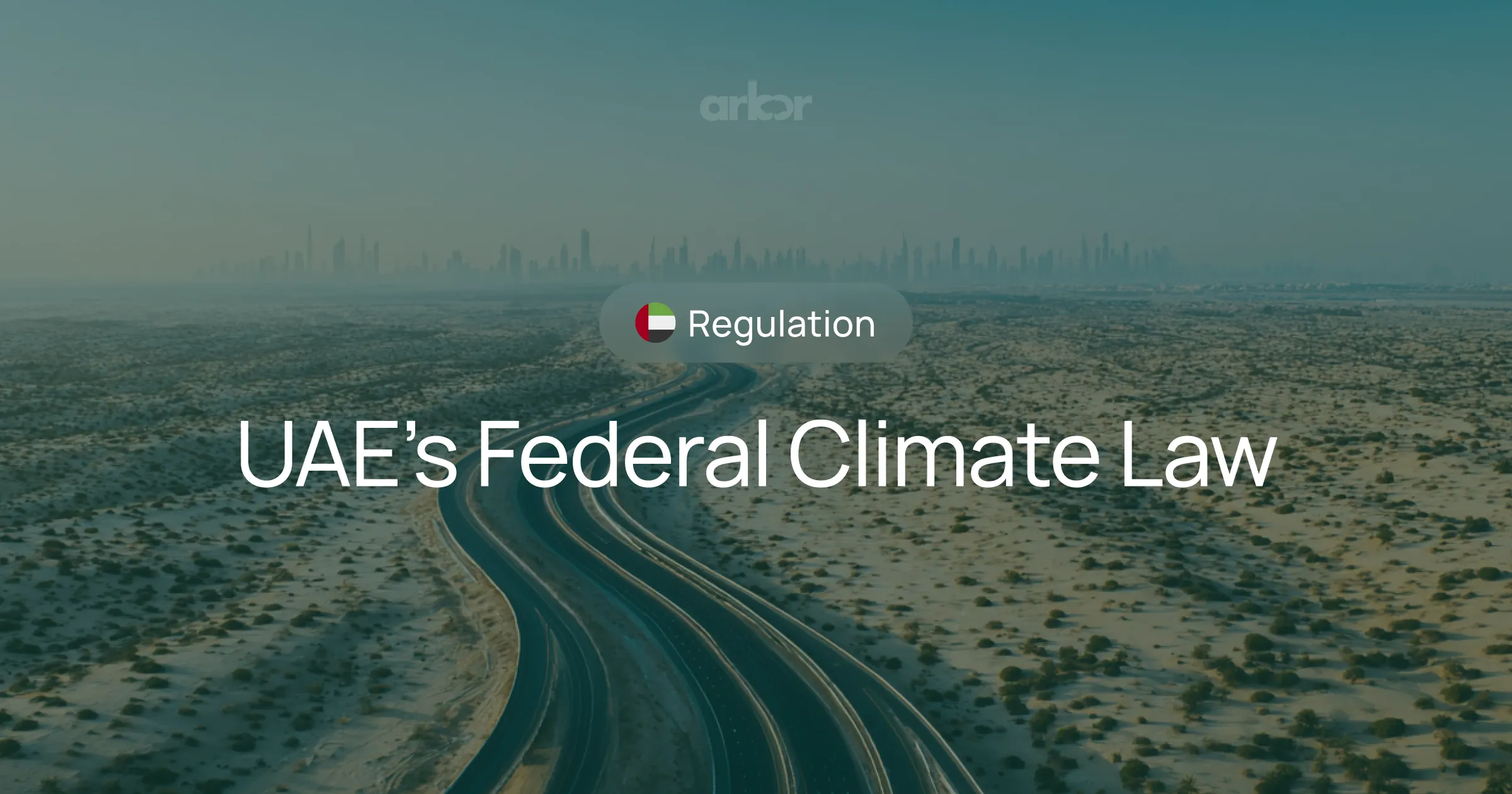


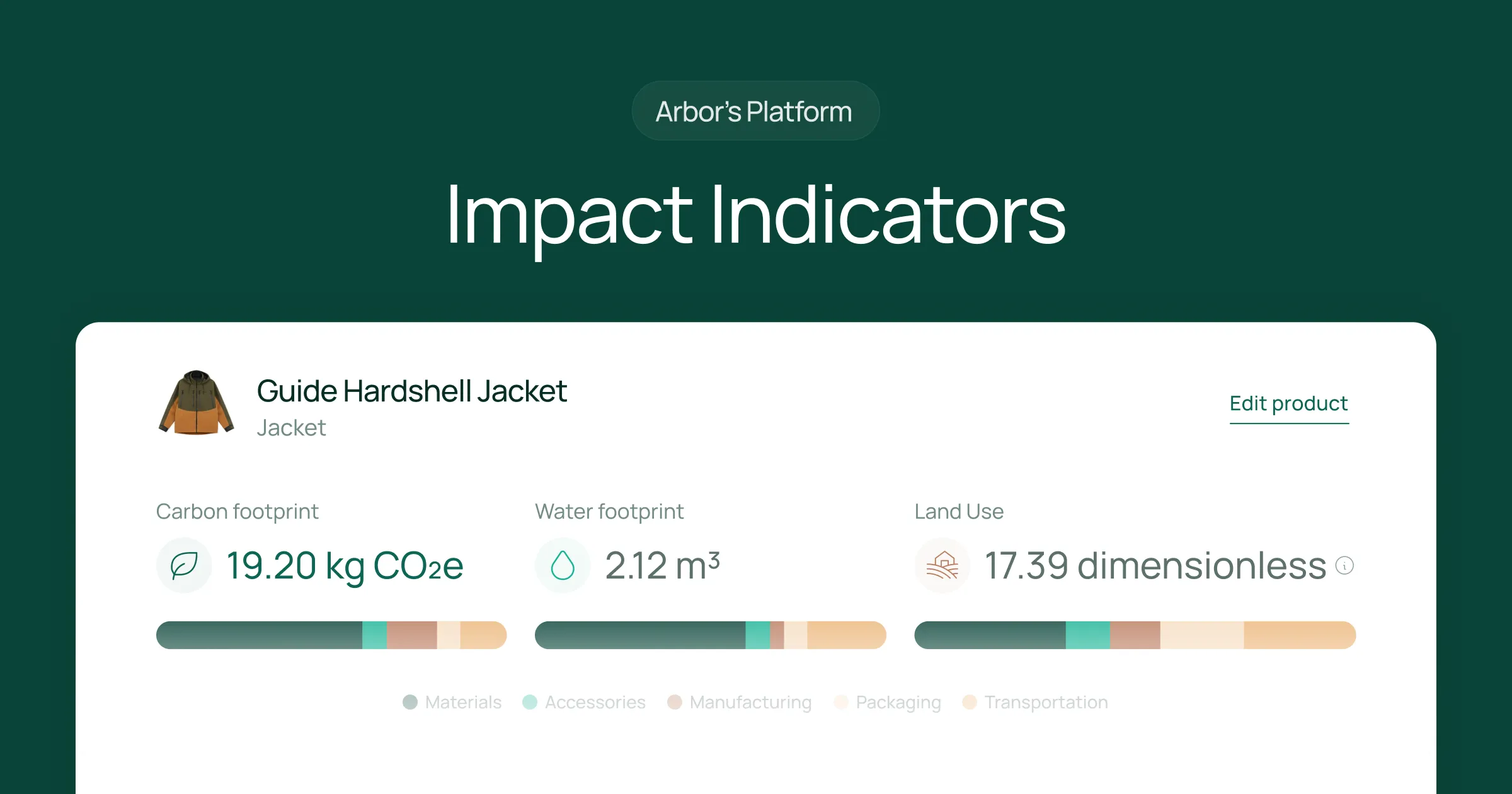
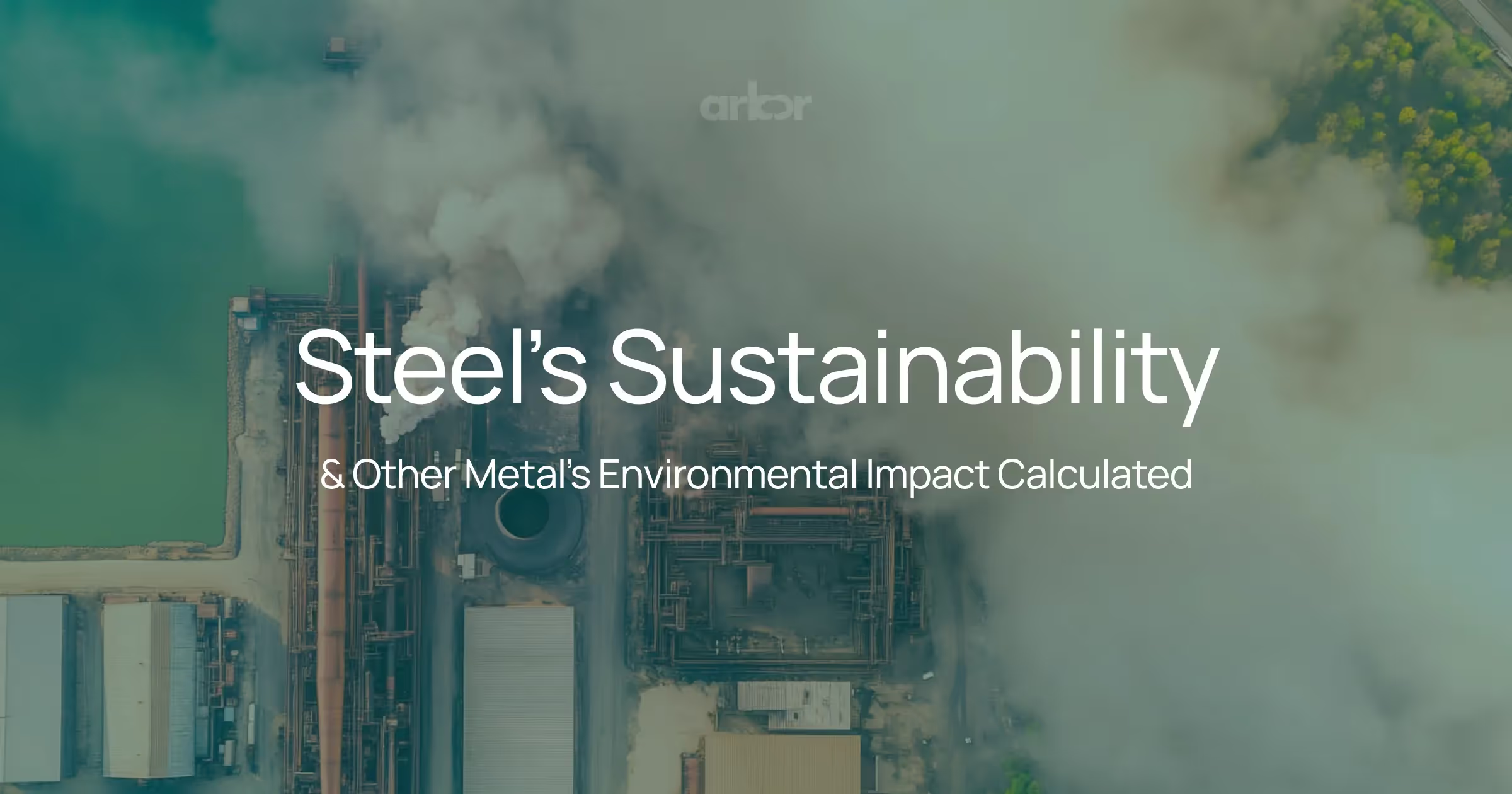


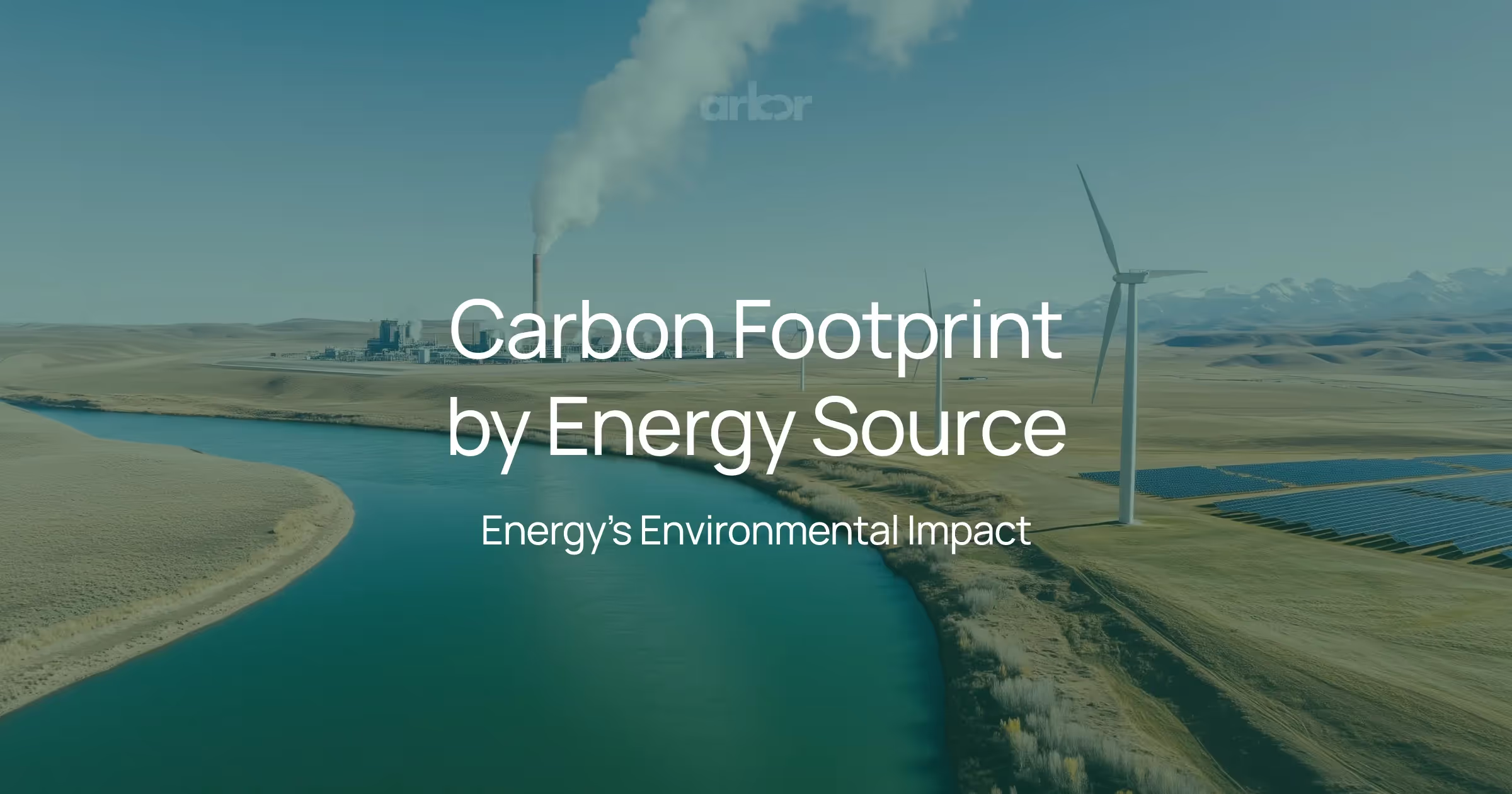


%20Arbor.avif)

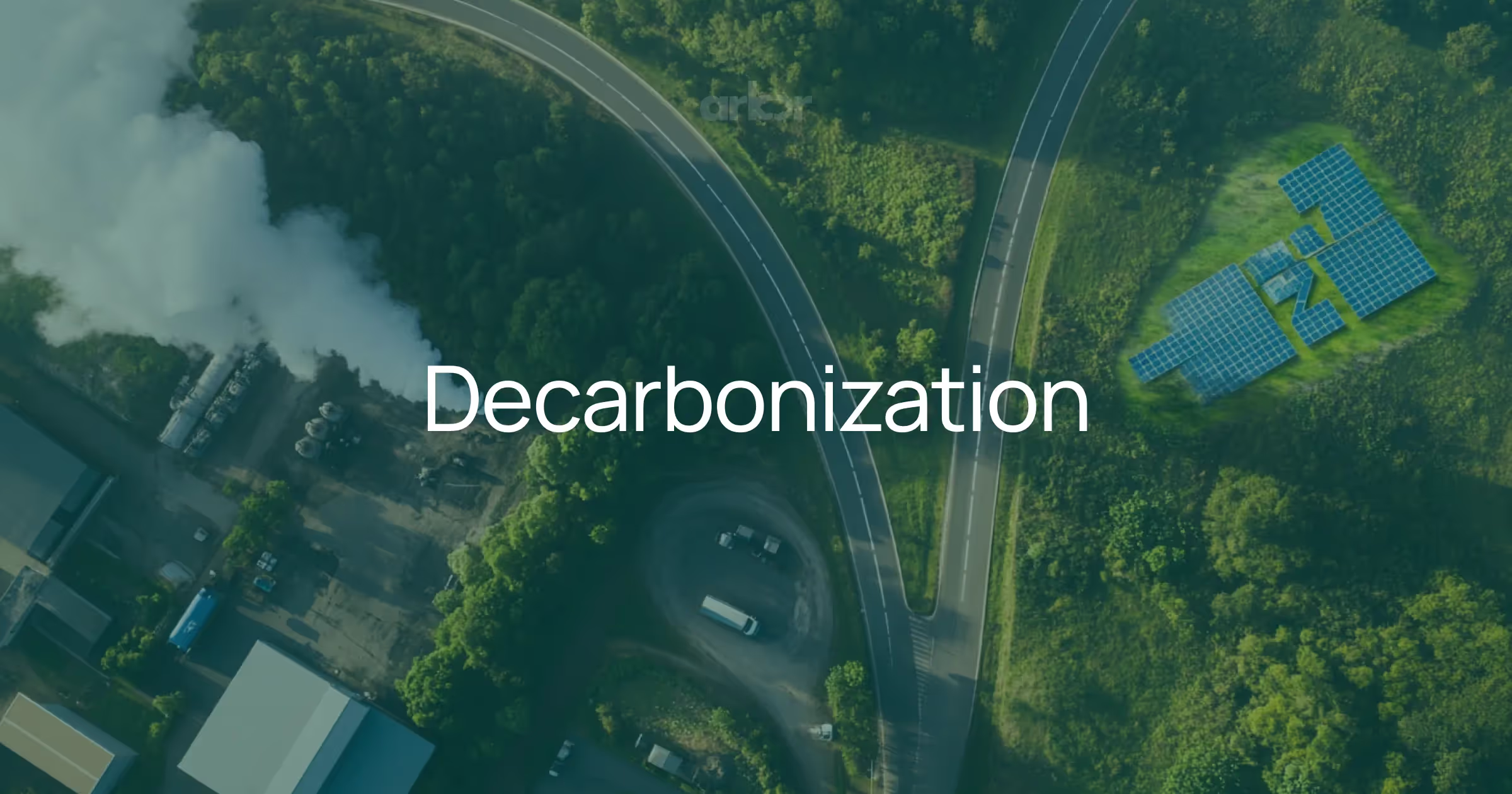



%20Arbor.avif)
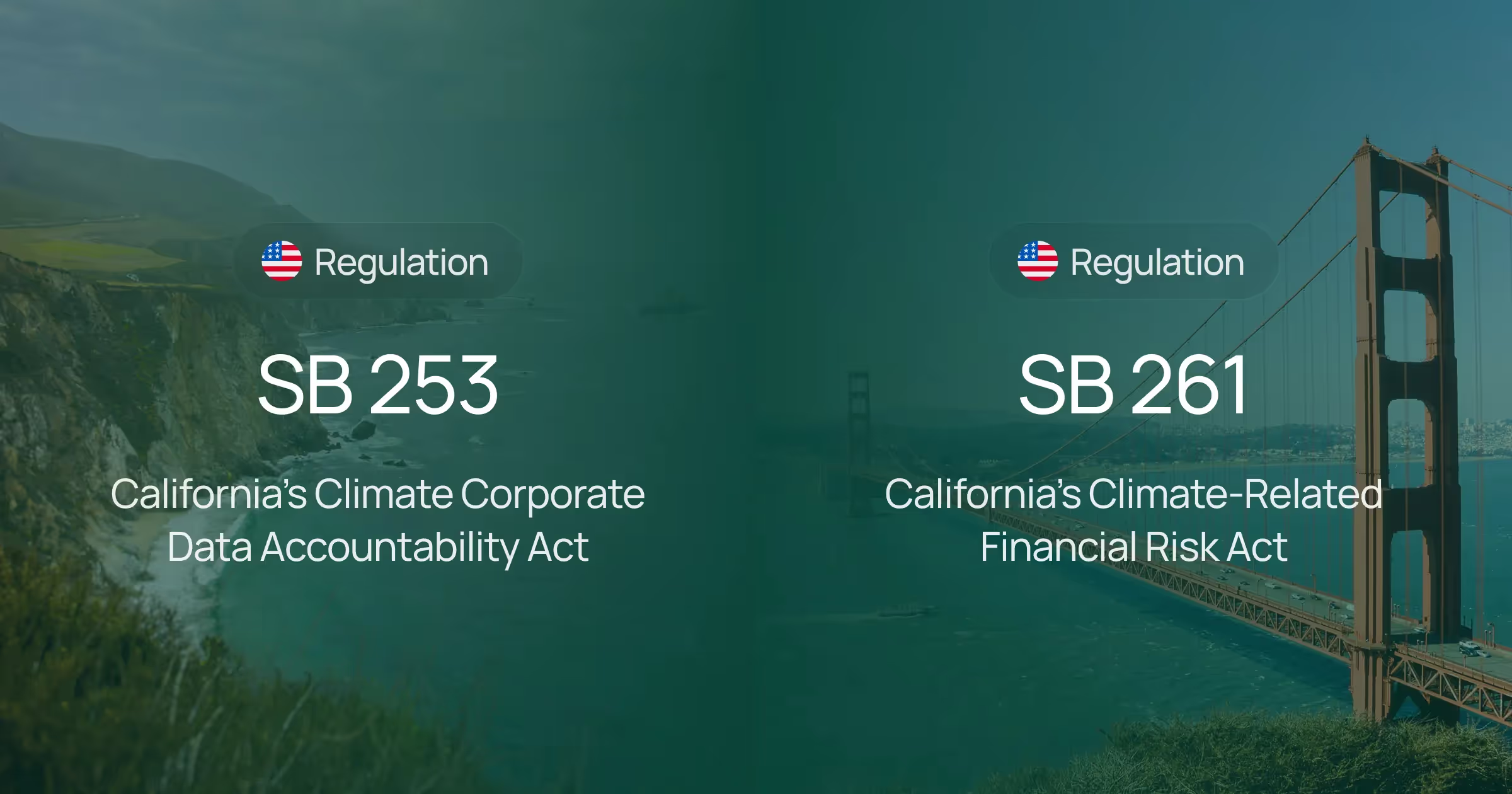
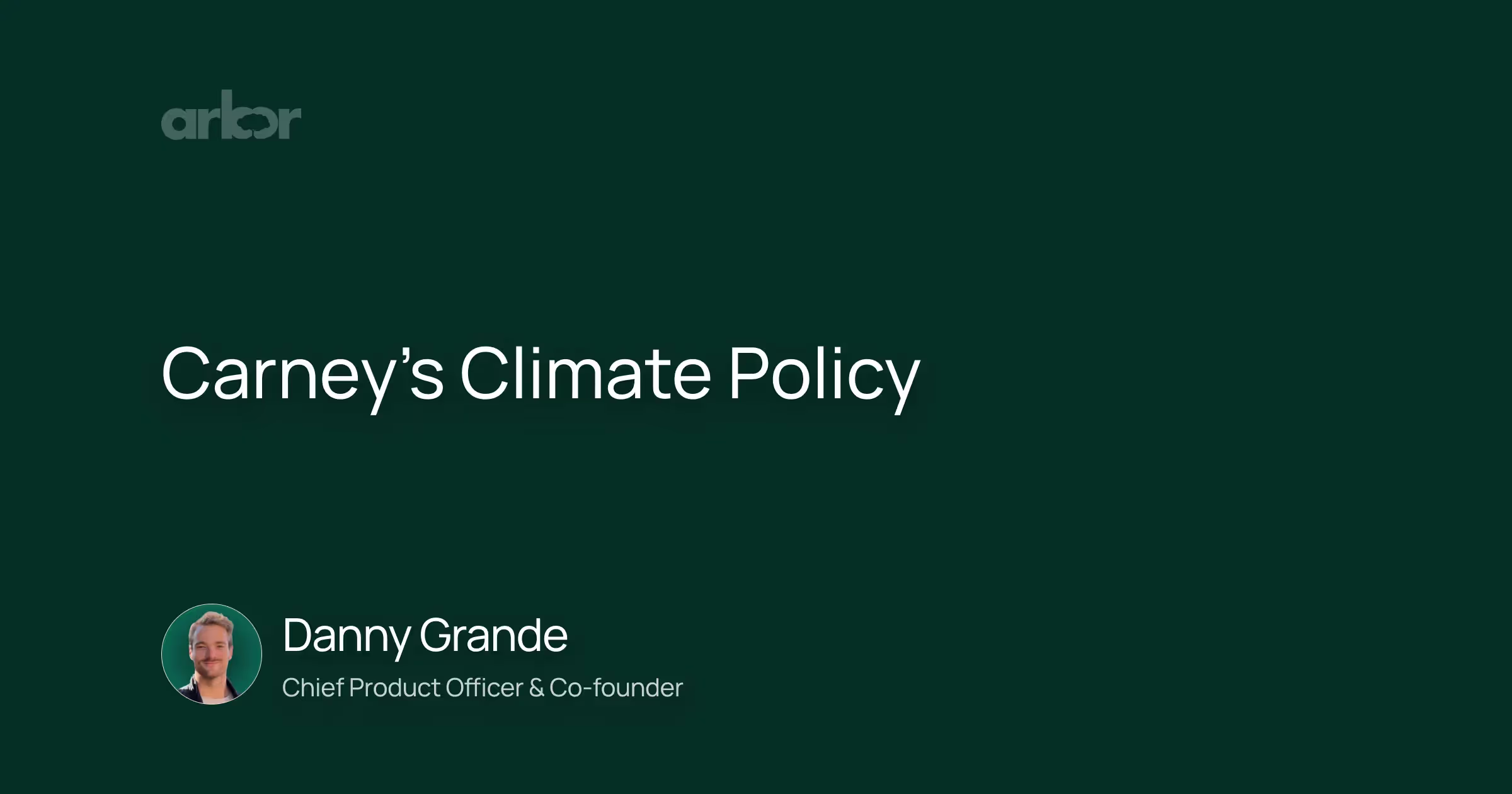
.avif)


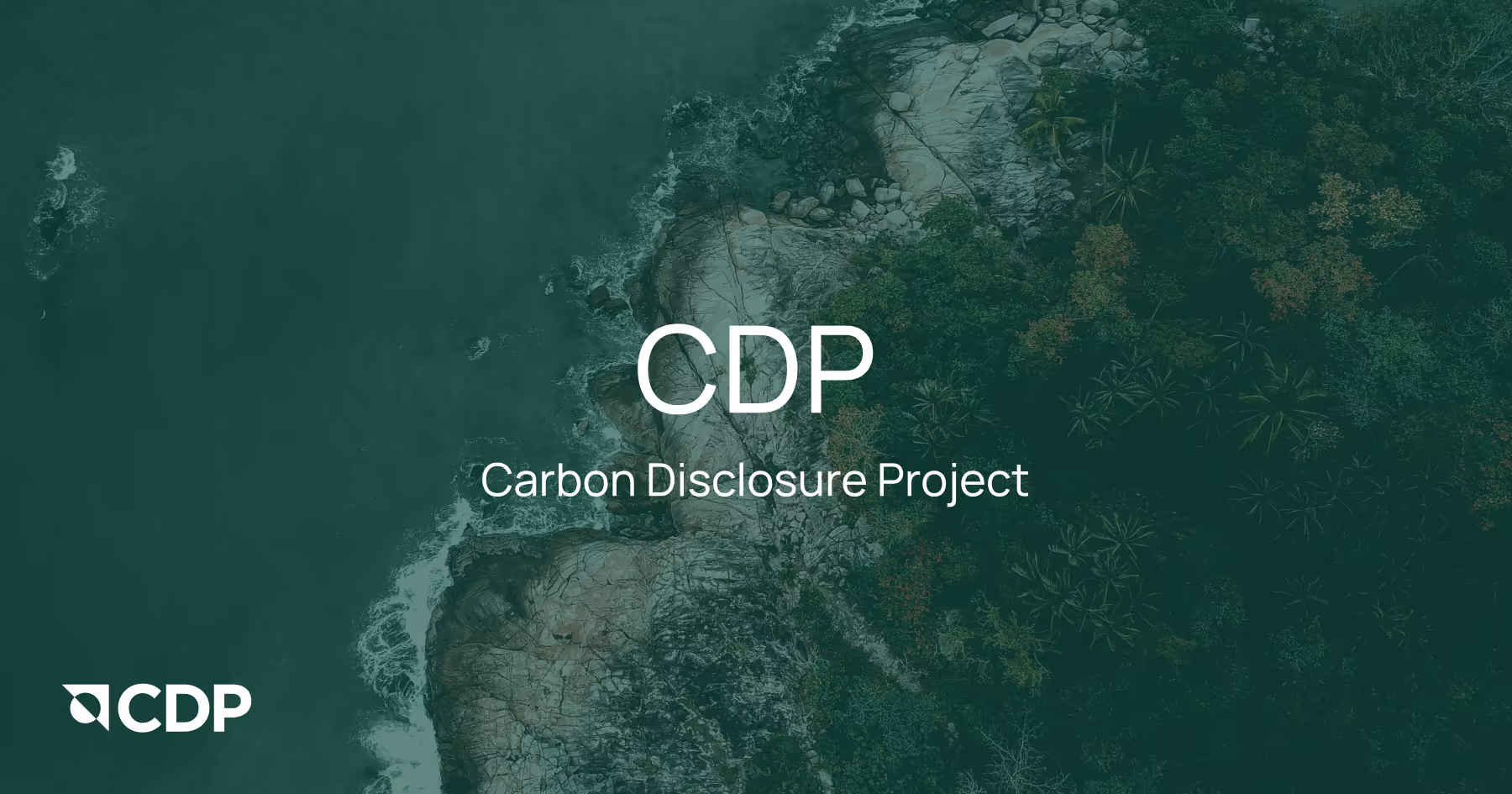



%20Arbor%20Canada.avif)
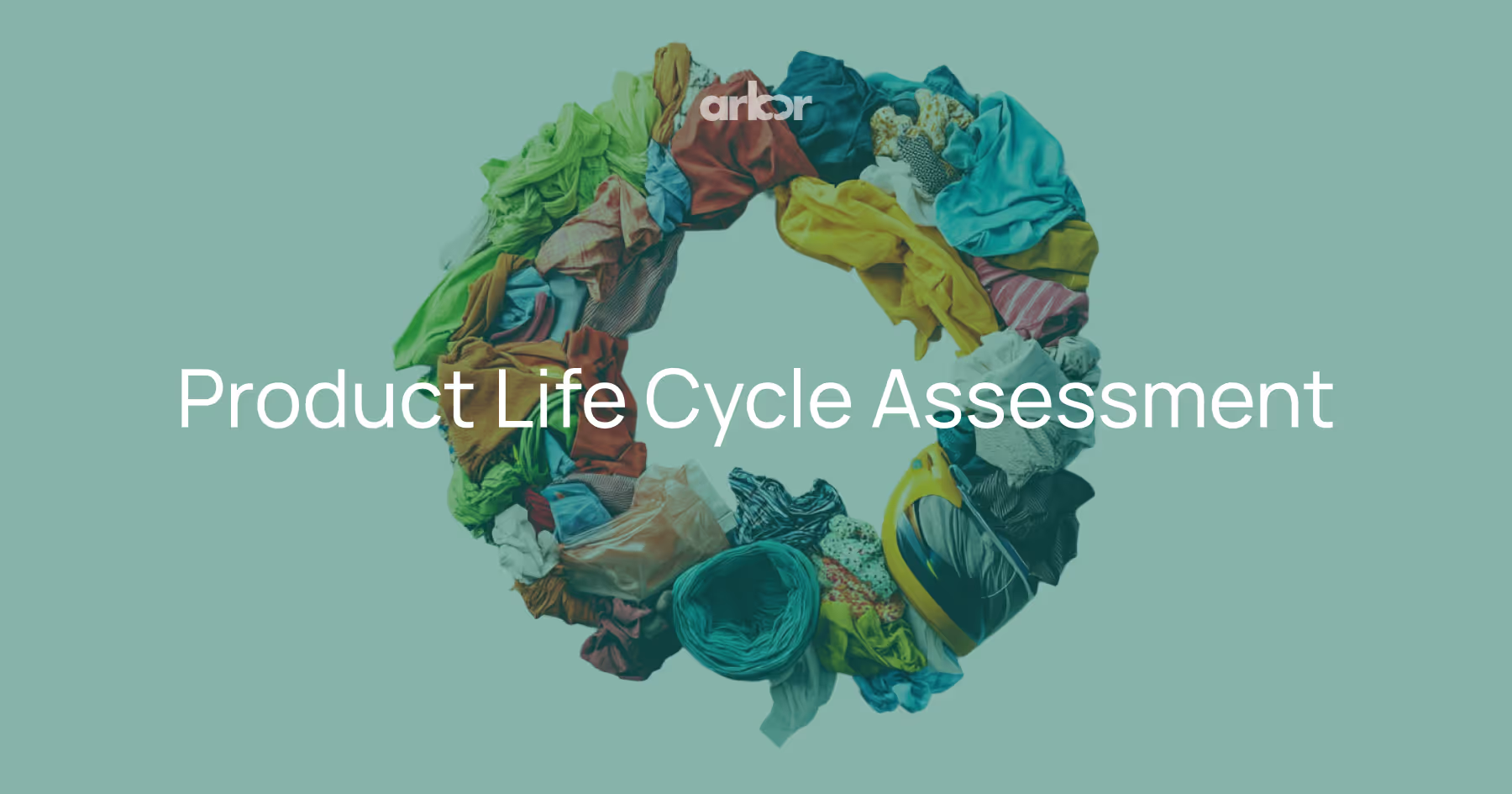
.avif)
%20Arbor.avif)
.avif)
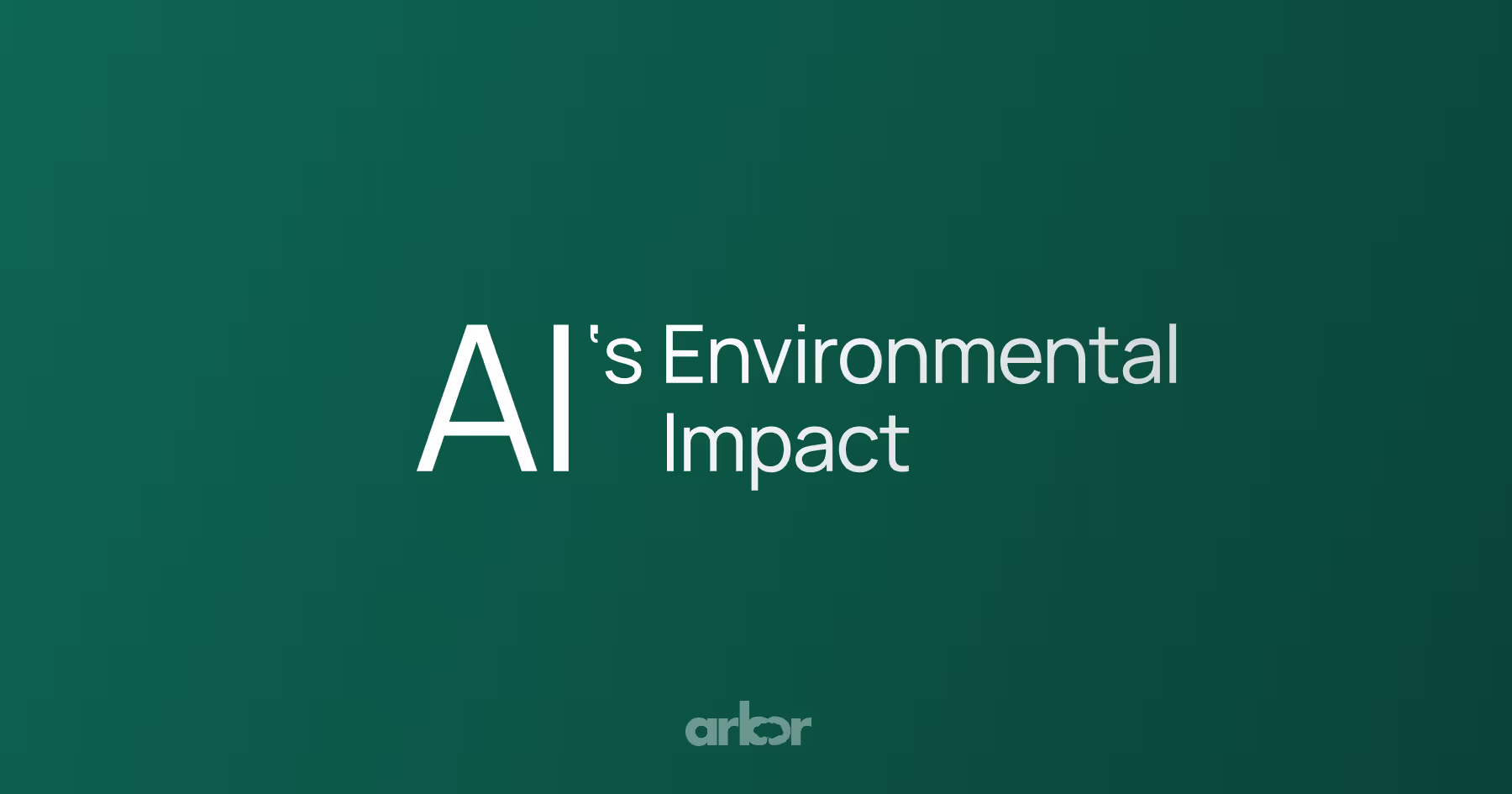
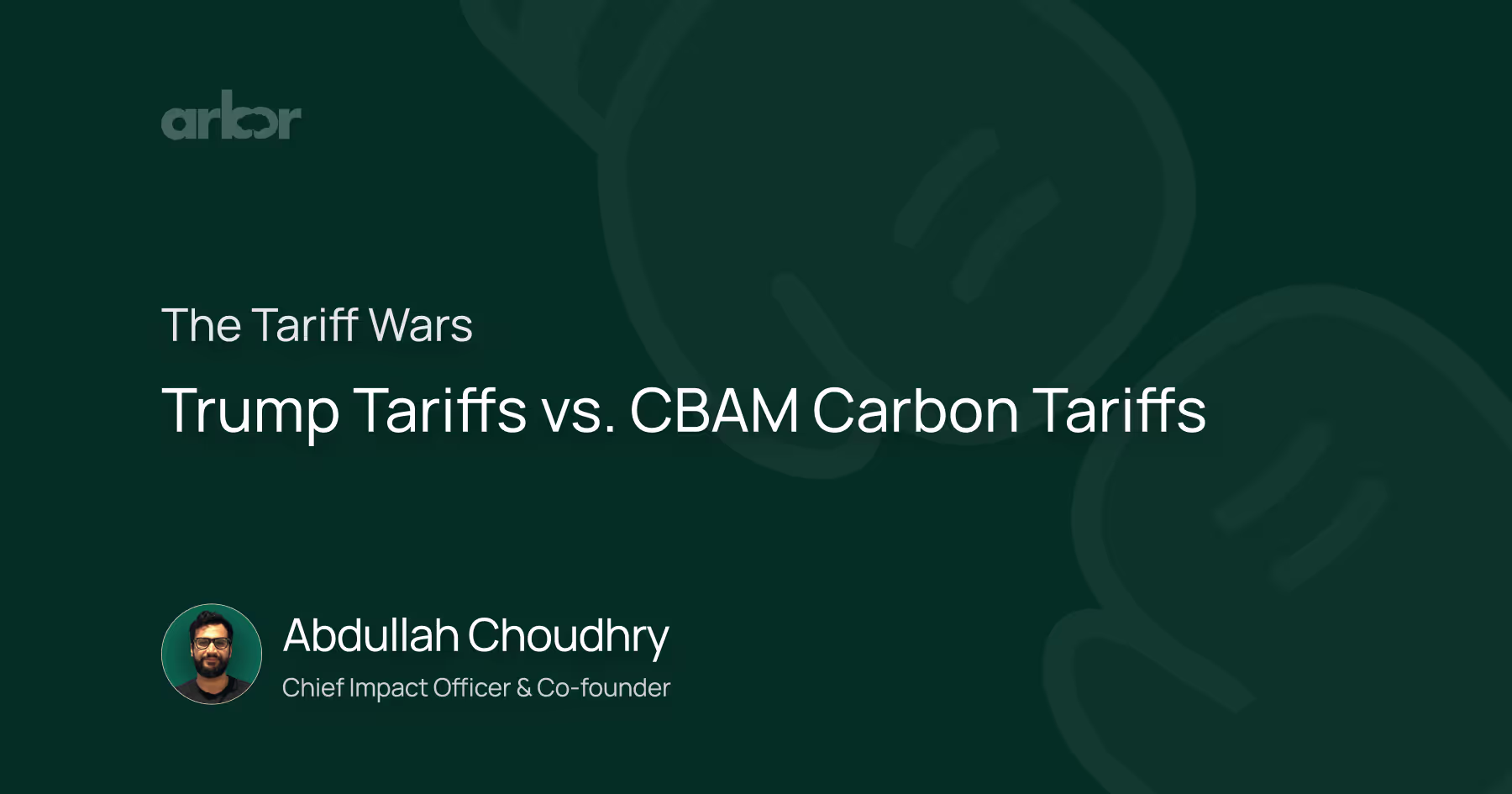
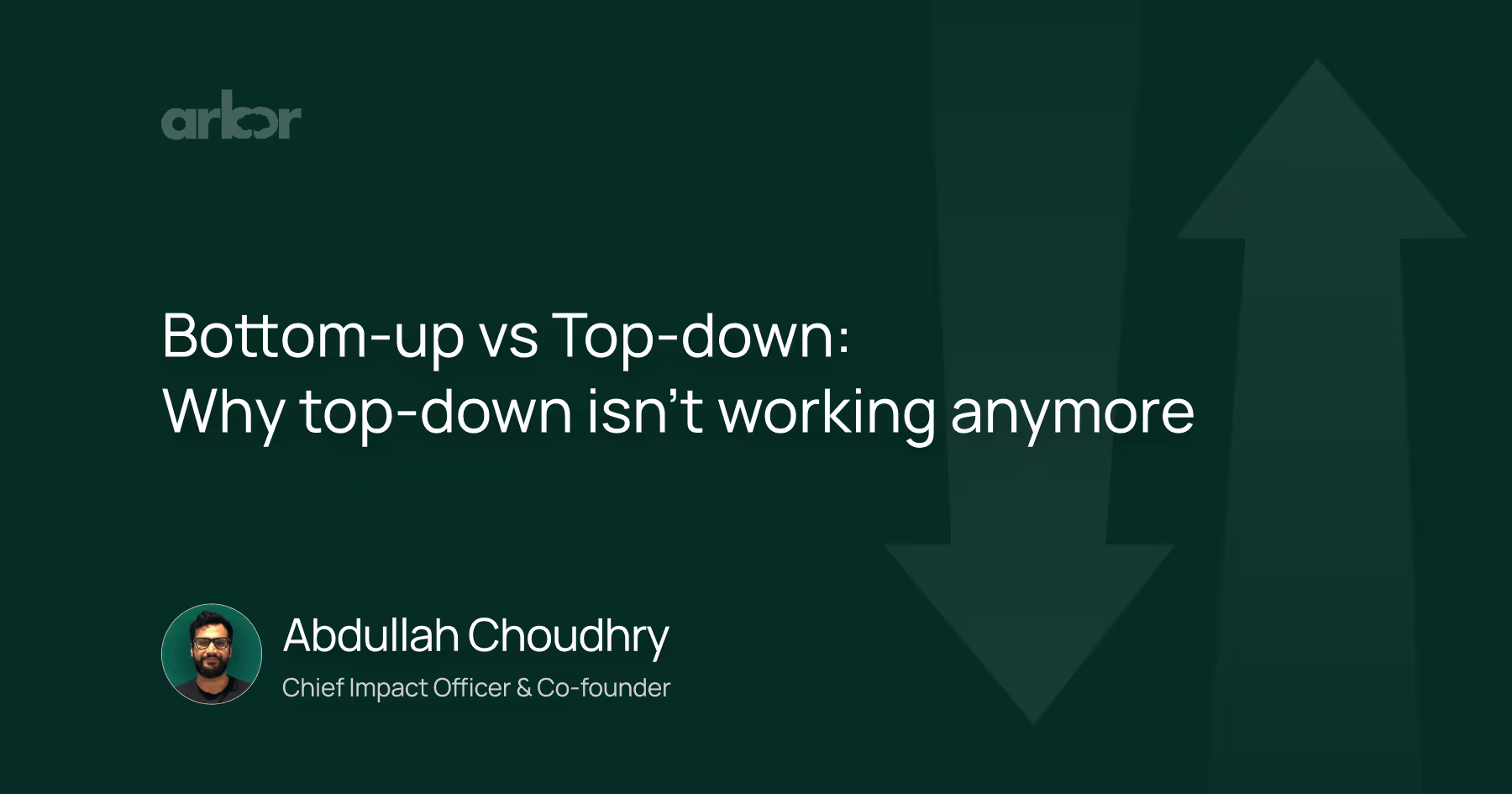

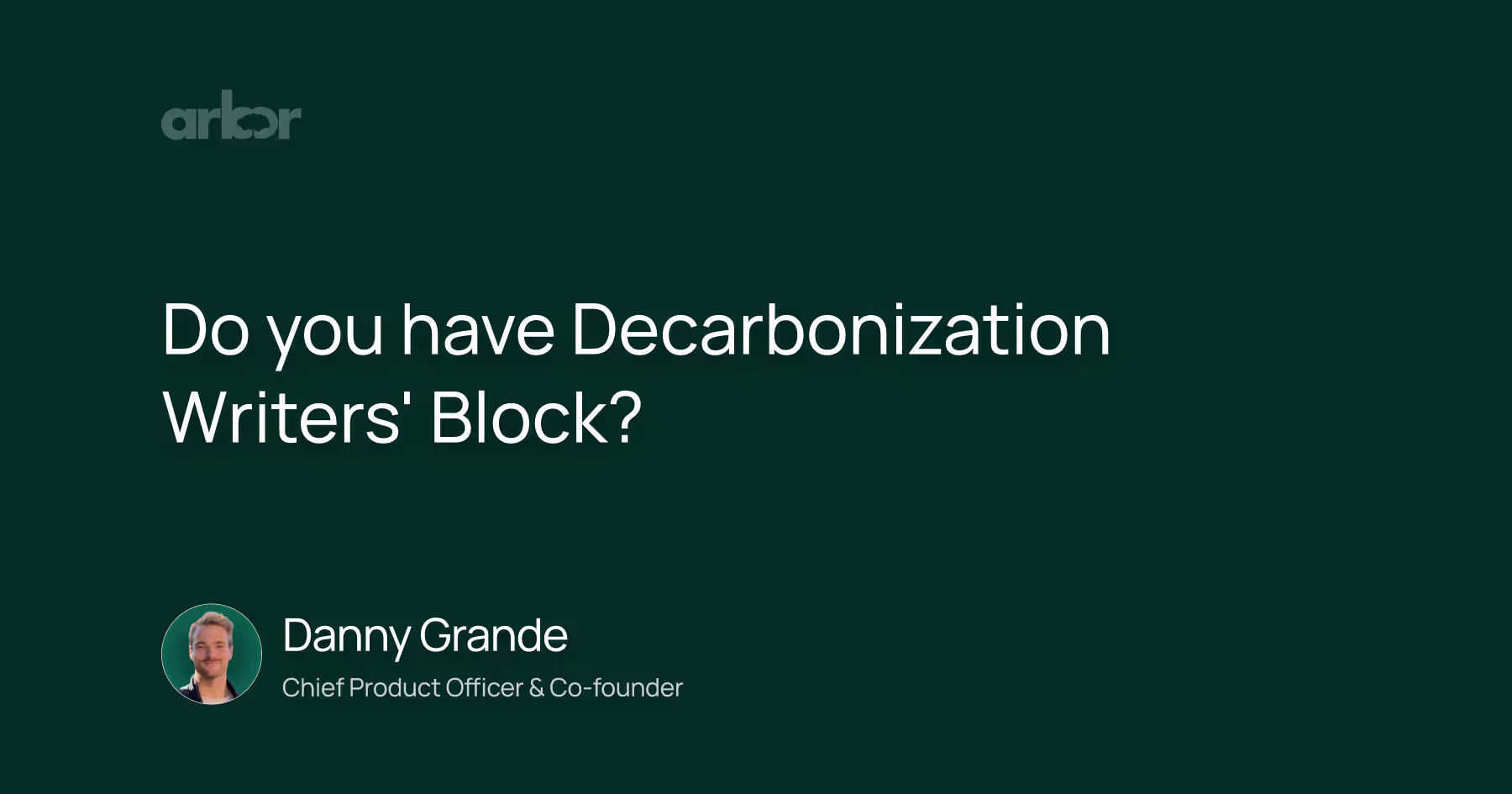
_.avif)
.avif)
%20Arbor.avif)




%20Software%20and%20Tools.avif)





.avif)
.avif)
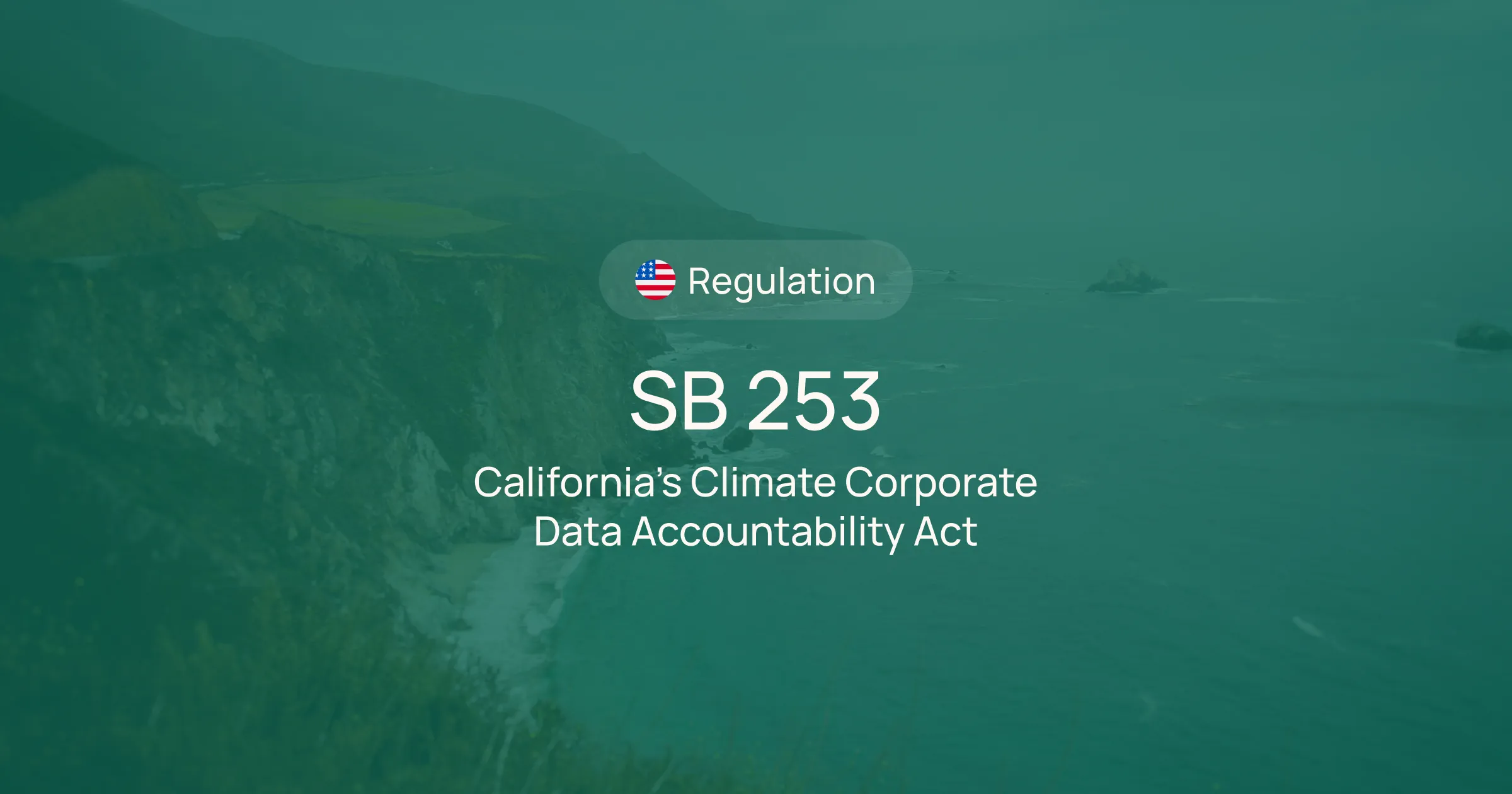



%20EU%20Regulation.avif)







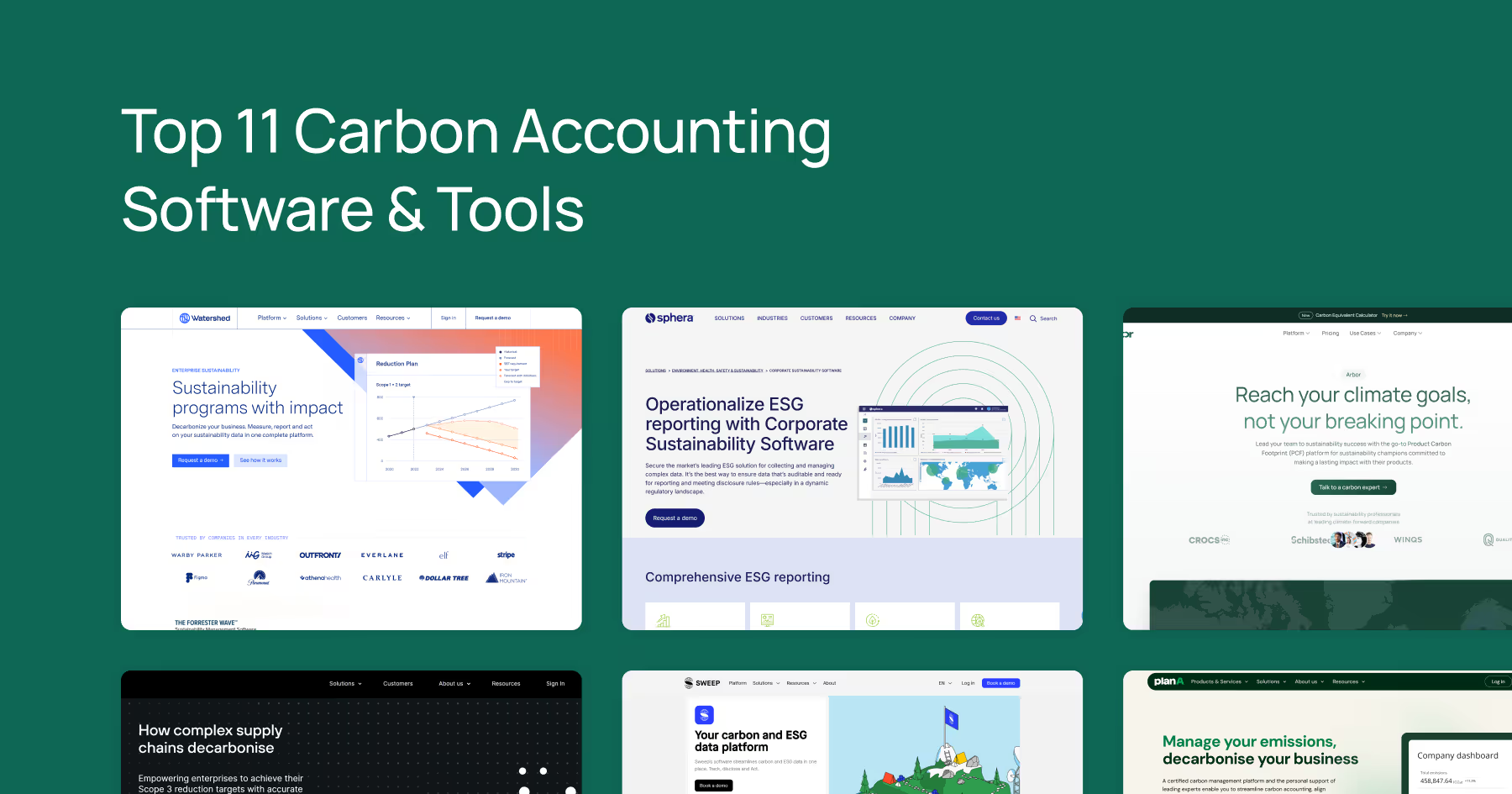




.avif)


%20Arbor.avif)









_%20_%20Carbon%20101.avif)







.avif)

.avif)
.avif)











